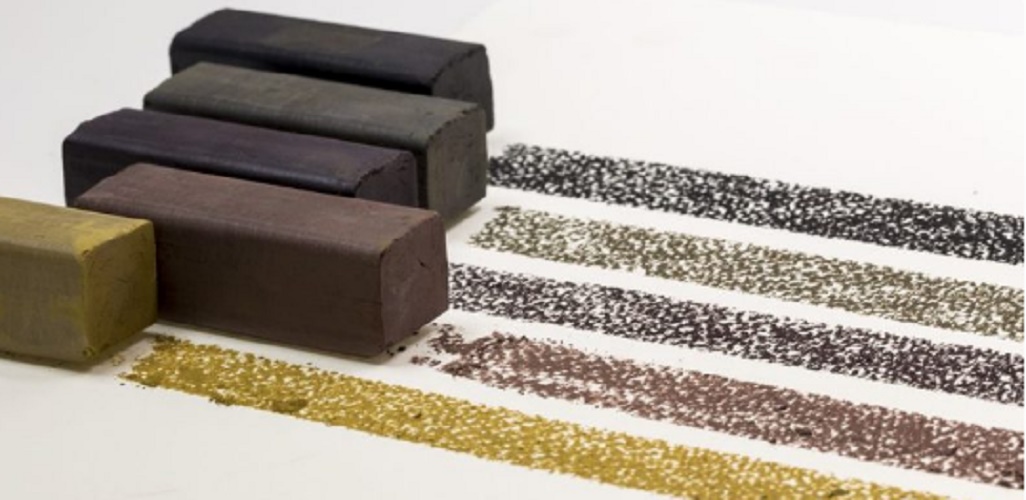What is the painting?
We explain what painting is and what is the history of this artistic form. In addition, painting techniques and what is rock painting.
-
What is the painting?
When we talk about painting or pictorial arts we refer to an artistic form that seeks to represent reality graphically , using shapes and colors on a surface, from natural and synthetic pigments mixed with binders (paints).
In that sense, painting conceptually draws on drawing , color theory and pictorial composition, as well as perspective and other knowledge that pertain to the vision and physics of light.
It is one of the Fine Arts of mankind , along with literature , sculpture, music, dance , architecture, cinema, photography and comic. And it is probably one of the oldest known.
Printing the color and texture on a canvas of paper, fabric or any other smooth surface that allows it (a wall, a piece of wood, etc.), the painting represents the characteristics of light through a variety of techniques , more or less figurative (that is, more or less abstract in its representation).
These techniques have also evolved historically and have entered into new digital and virtual techniques, such as video art or digital art. The works of the great painters of history are preserved in museums and churches and are part of the historical and artistic heritage of nations, as well as a spiritual heritage of humanity.
-
Painting history

The painting began as a human expression technique 32,000 years ago , with the first cave paintings on the cave walls inhabited by primitive man. He used blood and other substances for this, which would be gradually replaced by oils and pigments. Its main focuses were, during its history, the landscape, human nakedness, still life (or still life) and finally, abstractionism.
The painting accompanied the ceremonial and funerary places of ancient civilizations , such as Egyptian burial mounds, Roman temples or Christian-Christian catacombs.
From the European Renaissance , it was imposed alongside the sculpture as one of the great forms of human expression, being widely cultivated by artists such as Miguelángel, Rafael or Leonardo Davinci.
A second moment of importance would have it during the 19th century, when the tensions between German Romanticism and the French Enlightenment gave rise to numerous pictorial expressions of importance, and still a third moment of splendor during the era of the avant-garde, at the beginning of the century XX, under the leadership of Cubism , Surrealism and other similar aesthetic trends. Finally, the abstract art would paint their way into the middle of the twentieth century .
-
Painting techniques

Paint techniques are the methods used to fix pigments on the surface of the support. Some of the most popular are:
- Oil . Using oils and a solvent called turpentine, a pigmented paste, viscous and of vegetable origin is made, with which colors can be adhered to the canvas, using brushes or other tools. When drying, the colors are fixed to the surface.
- Wax . The surface is painted with hot waxes, containing agglutinated pigments, applied by brush or spatula. Finally, a linen cloth is applied to a layer of wax without pigment as a protection and polishing.
- Watercolor . It consists of the use of colors diluted in water, of transparent consistency, which are applied on paper or cardboard with brushes. This achieves greater ease and brilliance, but requires free and inaccurate strokes.
- Tempera . Also called gouache , it is a watercolor-like material but with a load of industrial talc or white zinc, which gives the pigment an opaque and non-translucent hue, ideal for applying light layers over other dark ones and playing with the light represented.
- Acrylic . This is called a quick-drying paint, whose pigments are held in an acrylic emulsion (vinyl glue) and although they are soluble in water , when dried they are extremely resistant.
- Ink . Known as “Chinese ink”, it is used on paper and especially in black or sepia tones, using a pen or nib. It is very frequent in oriental art, especially in its pictorial calligraphy.
- Pastel . Colored bars made from powdered pigments diluted in rubber or resin are used to form a compact and dry paste. No tools are needed for its use, but are directly held by hand.
-
Rock painting

It is known as cave painting that left primitive humanity on the walls of caves and other surfaces, and that were preserved in time to be discovered centuries later. These are usually hand marks, drawings of animals of prey and other forms of ritual narration or tribal marks . The best known were found in the caves of Altamira, in France, in 1868.




